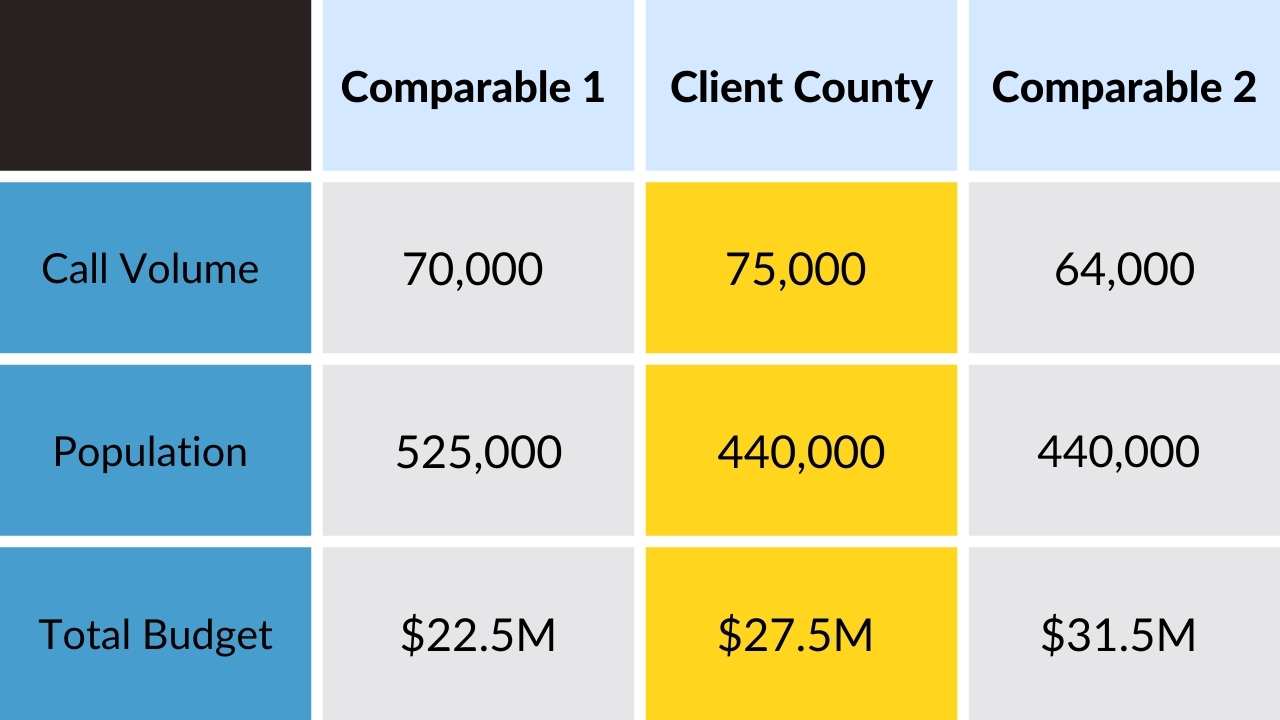My department, your department, and another neighboring department -- are we all comparable to one another, or are we truly different (and how)? Is your fire department an apple or an orange?
Where do you start?
Your mayor comes to you with a request to add run stats (call volume) comparing your department to three neighboring communities’ departments for your next annual report.
Seems like a reasonable request, right?
Reasonable, yes, but does that necessarily mean that you’re comparing apples to apples?
Let’s talk about apples for a second. There’s red and green – well, actually, there’s Gala, Fuji, Honeycrisp, Granny Smith, Golden Delicious, and the list goes on. Don’t be fooled by Asian pears; they look a heck of a lot like apples (and crunch when you bite into them, too … yum)!
Okay – getting back on track now.
Just because you have a fire department, and so does your neighbor, it doesn’t necessarily mean that you have “comparable” departments. I’m not talking about the catchphrase “if you’ve seen one ….” What I’m referring to are the details that go into comparing departments on a level-enough playing field so that any data measured or compared from one to the other would be valid enough to consider – to make decisions based upon.
For the sake of just highlighting your run stats on an annual report compared to your neighboring department’s, fine … that’s not a big deal. But, if you’re looking to strategically or masterly plan, to determine the feasibility of adding ambulance transport services or to analyze the staffing and organizational table of your department, run states (alone) aren’t enough. \
Looking comprehensively, run stats are just one angle of a department’s overall picture. Even within these figures, there’s more of a breakdown that needs to take place in order to really find a more comparable example to glean from. How about the percentage of fire vs. EMS calls or even ambulance transport percentages? Data like this could significantly skew what run stats look like from one department to another. What about coverage population, payor mixes, staffing levels?
I recently wrapped up a feasibility study for a county exploring the costs associated with starting its own EMS agency. I found an EMS agency (from another state) with a similar call volume and found that their population was ~20% higher than, and their budget was ~20% lower than my client’s county (projected budget). To look at it from a different perspective, I found another EMS agency (actually within the same state) with an almost identical population. I noticed that the call volume was ~15% less than, and the total budget was almost ~15% more than what I had analyzed for the client county. Interesting, huh?

So, where do you start? What other comparable points should you look at? (Here’s a starting list)
- Population & demographics
- Organizational models, staffing levels, and deployment models
- Run stats broken down by call type (fire vs. EMS response), ambulance transport percentages
- Payor mix (for departments billing for ambulance transport services)
What insight can you glean from proper comparables?
- Budget analysis
- Cost per call (total, fire, EMS – which is also determined through Medicare Ground Ambulance Data Collection)
- Cost per citizen
- Billing collection rates & percentages
- Growth projections (for future call volumes, staffing needs)
Looking at comparables with different filters in place can undoubtedly paint one department in a completely different light than another. If you’re simply looking to show that your “big city” department outpaced your neighboring suburban departments by a landslide, then run stats may be the perfect tool for you. But, if you’re looking to progress or build your department, or benchmark it based on others, then you need to look for more to compare than just run stats … you need to look at all of the different types of apples (and maybe even the Asian pear) to make sure that you aren’t actually comparing it to other oranges.
Tim Nowak is a fire & EMS consultant with Public Consulting Group (PCG) and brings 20 years of industry education & experience to his role. He specializes in EMS agency/system analysis and has a background in training & quality program development, mobile integrated healthcare/community paramedicine, administration & compliance, and advanced clinical care. Tim is a data-minded consultant that appreciates both the objectivity and context behind system analysis and enjoys uncovering innovative solutions for difficult problems. He holds two degrees with fire service disciplines, is a Nationally Registered Paramedic, and has both company officer-level and executive chief officer-level experience within the fire & EMS industries.